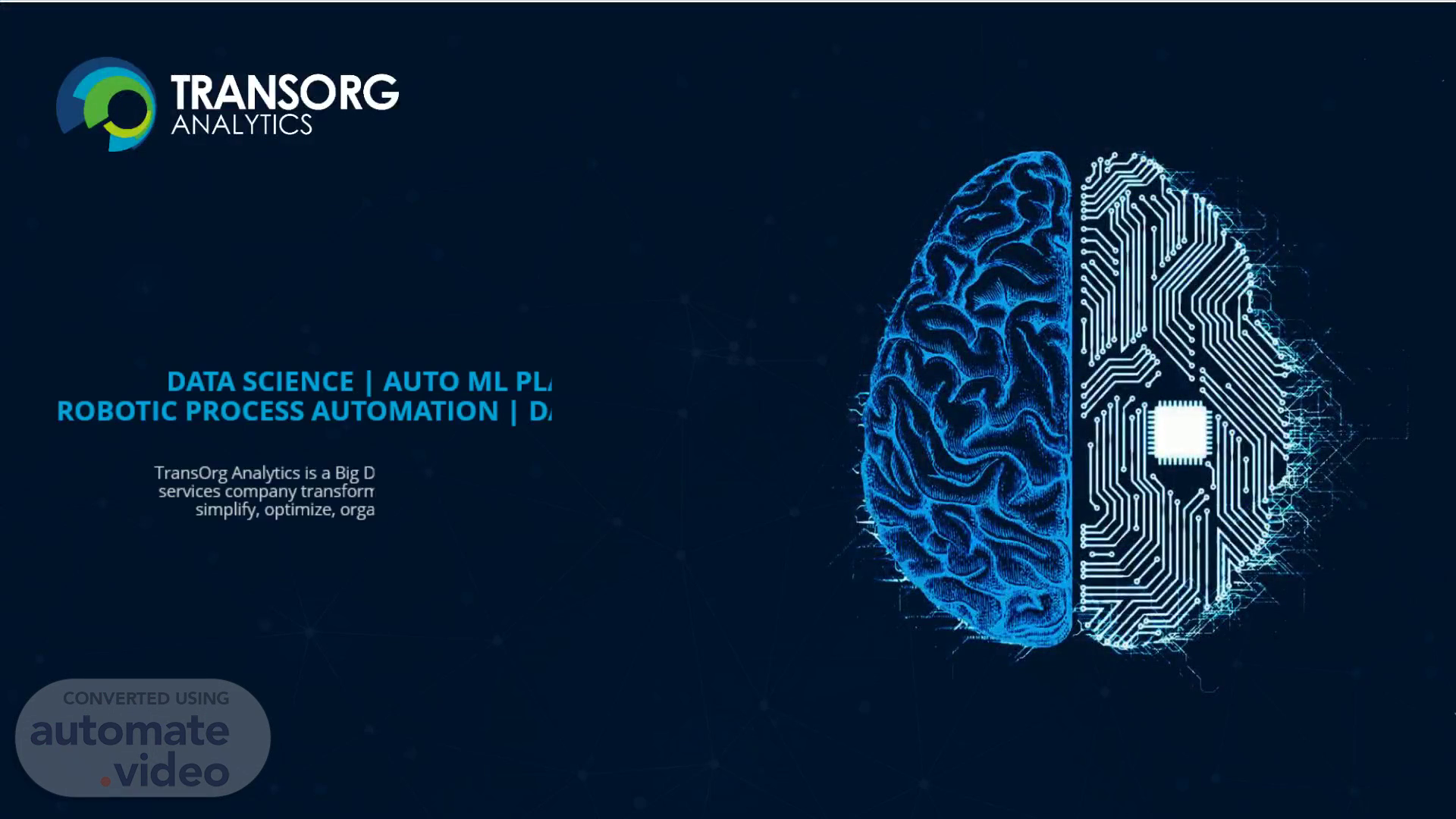
Page 1 (0s)
A picture containing animal, coral Description automatically generated.
Page 2 (18s)
Data Visualization Tools. Amazon RDS (AWS) Azure SQL Database Google Cloud SQL SAP Hana Cloud Database Pros Scalable and Elastic High level of data security Has the widest customer base and thus is more reliable. Highly user friendly. Most companies find starting with AWS as their cloud provider much easier than using other providers, namely, Azure or Google Cloud Azure is a leader in Iaas security. Easy to scale compute power up or down. Azure cloud offers high availability and redundancy in data centers on a global scale. Azure can offer a service level agreement of 99.95% i.e. only 4.38 hours of downtime per year. Great reputation in open-source community Modern innovation, well-established in cloud computing Flexible pricing model Google Cloud is greener than some of the competition and working on getting credentials Hana uses in-memory technology thus provides very low latency and therefore can multiple operations simultaneously. It allows users to access various databases both for transactional (OLTP) and analytical (OLAP) queries parallelly at once. provides real-time analysis and decision-making capability Cons Companies face difficulty in finding the right professionals to work on AWS. Amazon is a huge family with millions of customers, so it has some temporary Cloud Computing issues. Azure needs to be expertly managed and maintained, which includes patching and server monitoring. Azure requires expertise to ensure all moving parts work together efficiently. Functions seem limited when compared against Amazon RDS Supporting large, enterprise projects has not been a focus for Google thus not preferred by businesses Low on reliability Range of functions lacks innovation compared to Azure and AWS Compatible to SAP or SUSE Linux certified hardware. Does not support all ERP products. Using hybrid solutions of HANA like running it partly on the cloud and partly on-premise causes a lot of issues and doesn’t function properly. Dependent on hardware capabilities of the organisatiom.
Page 3 (1m 24s)
Based on the feedback given by Zydus, it could be suggested that Zydus can pool their data on a cloud RDBMS platform rather than the presently used In-memory database platform as: In-memory platform take a longer time to access data but is the fastest while querying data. Therefore, these platforms are preferred wherein continuous real time analysis of data takes place, eg : mobile network industry. In-memory platforms are hugely dependent upon the hardware capabilities of the organization and thus are expensive. Thus, they are kept as the last option for meeting the demands of the organization. Zydus expects 20-30% annual growth in data which can be easily met by RDBMS as it provides scalability and elasticity of data space at much lower cost as compared to in-memory databases. Among the best RDBMS platformed offered by the market, AWS has the widest customer base, gives more freedom to its users, claims to high security standards and is easily scalable. Therefore, it could be suggested that Zydus can used Amazon RDS (RDBMS product of AWS) for pooling their data..
Page 4 (2m 9s)
Data Visualization Tools. Power BI Tableau Qlik View SAP Crystal Records Pros Provision of custom visualizations Append reports and visuals directly into emails, app, web sites using Power BI embedded Power BI is updated monthly Personal Gateway enhances accessibility of data Easy to learn user interface Simple operating procedure Easy to implement formulas Can customize dashboard according to the device being used Lower latency while handling big data compared to Power BI The implementation of the software is very simple and hassle-free Easy to learn scripting language used. This is an in-memory based technology and thus promotes multi tasking. Provides lower latency due to its data compression techniques. Crystal Reports(CR) is a widely embedded technology- many other solutions embed CR in their software. It connects to an array of data sources including ODBC and OLE DB, and it integrates with a range of applications, such as Microsoft Office. Cons Difficulty in handling complex tables Limited visual custom formatting options Over-crowded interface Uses DAX language which is difficult to learn High latency while processing big data Provision of static and single value parameters only. Manual implementation of same formatting options to multiple fields Tableau’s conditional formatting and limited 16 column table displays are pain points for users. Lower frequency of software update compared to Power BI. Sub par embedding Outdated user interface Too many in app purchases to extract maximum utility. Not Business User-Friendly as a number of interfaces must be used to leverage CR, including a report designer and a dashboard designer. Maximum value can be extracted from CR only by a trained expert which is not cost efficient. Weak Data Security and data governance.
Page 5 (3m 12s)
The basic function of a data visualization tool is to depict information using relevant visuals and all the above-mentioned software are competent enough to perform their basic function. Thus, the major selection criteria would be the secondary functions provided by each software and any short coming that might adversely after the execution of the basic function of the software. Therefore, the suggested selection criteria in chronology would be.